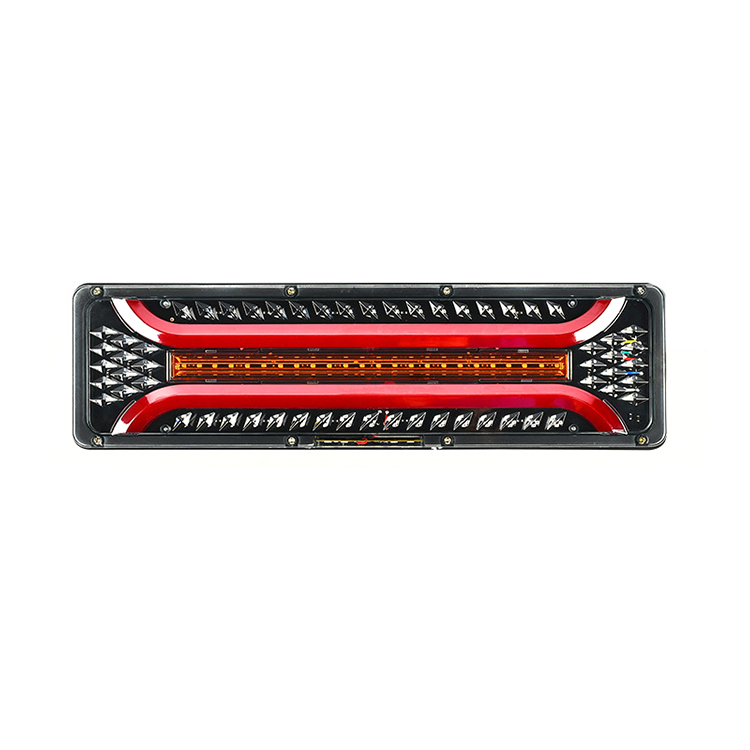LED emergency lights for vehicles are used extensively by law enforcement, fire departments, ambulances, and other emergency responders. These lights must comply with strict regulations regarding color, intensity, flash patterns, and mounting to ensure they are visible and recognizable in various driving conditions.

Compliance is crucial for several reasons. It ensures legal operation—vehicles equipped with non-compliant emergency lights may face fines or be barred from official duties. Each jurisdiction has specific standards often set by organizations such as SAE (Society of Automotive Engineers) or federal and state transportation authorities, which define the exact requirements for emergency lighting.
Secondly, compliance guarantees visibility and effectiveness. Properly designed and regulated LED emergency lights use specific wavelengths and flash patterns to capture drivers' attention quickly, reducing response times and improving safety at accident scenes or during traffic stops.
Lastly, adherence to standards helps prevent confusion or misinterpretation on the road. Non-compliant or incorrectly colored lights may mislead other drivers, potentially causing accidents or obstructing emergency response efforts.
For these reasons, vehicle operators and fleet managers must carefully select LED emergency lights that meet all relevant regulations, ensuring reliable and lawful operation.
Auto LED lights have become popular replacements for traditional halogen or incandescent bulbs due to their energy efficiency, longevity, and brighter illumination. Selecting the right auto LED lights depends on several practical considerations.
It is important to ensure compatibility with the vehicle's make and model. LED lights vary in size, socket type, and power requirements. Using incompatible lights can poor fitment, electrical issues, or even damage to the vehicle's lighting system.
Brightness and beam pattern are also key factors. While LED lights generally offer brighter and more focused illumination, the ideal intensity depends on the application. Headlights require broad, powerful beams for night driving, whereas indicator or brake lights prioritize visibility and distinct signaling over distance.
Another aspect is color temperature, which affects both aesthetics and functionality. Cooler white LEDs (5000K-6500K) produce a daylight-like glow preferred for headlights, while warmer colors suit turn signals and interior lighting.
Durability is equally important. Quality auto LED lights should have robust heat dissipation mechanisms, such as aluminum heat sinks or built-in fans, to prevent overheating and extend lifespan.
Utility trailer lights are vital safety components that ensure trailers are visible on the road and communicate the driver's intentions to other motorists. Well-designed lighting systems on trailers reduce accidents, especially when towing heavy or wide loads.
Typical utility trailer light setups include tail lights, brake lights, turn signals, and sometimes side marker lights. LED technology is increasingly favored for these applications due to its brightness, low power consumption, and durability.
When choosing utility trailer lights, consider the lighting configuration that matches the trailer size and type. Larger trailers may require additional marker or clearance lights to meet legal requirements and improve visibility.
Another useful feature is waterproof and dustproof housing, as trailers are often exposed to harsh weather and rough terrain. Proper sealing protects the lights from damage and ensures consistent performance.
Installation ease is also important. Many trailer lights come with plug-and-play connectors and flexible mounting options, making upgrades or replacements straightforward for owners.
Utility trailer lights are not just accessories but essential safety tools. Investing in high-quality, reliable lighting enhances road safety, complies with regulations, and protects your trailer investment.